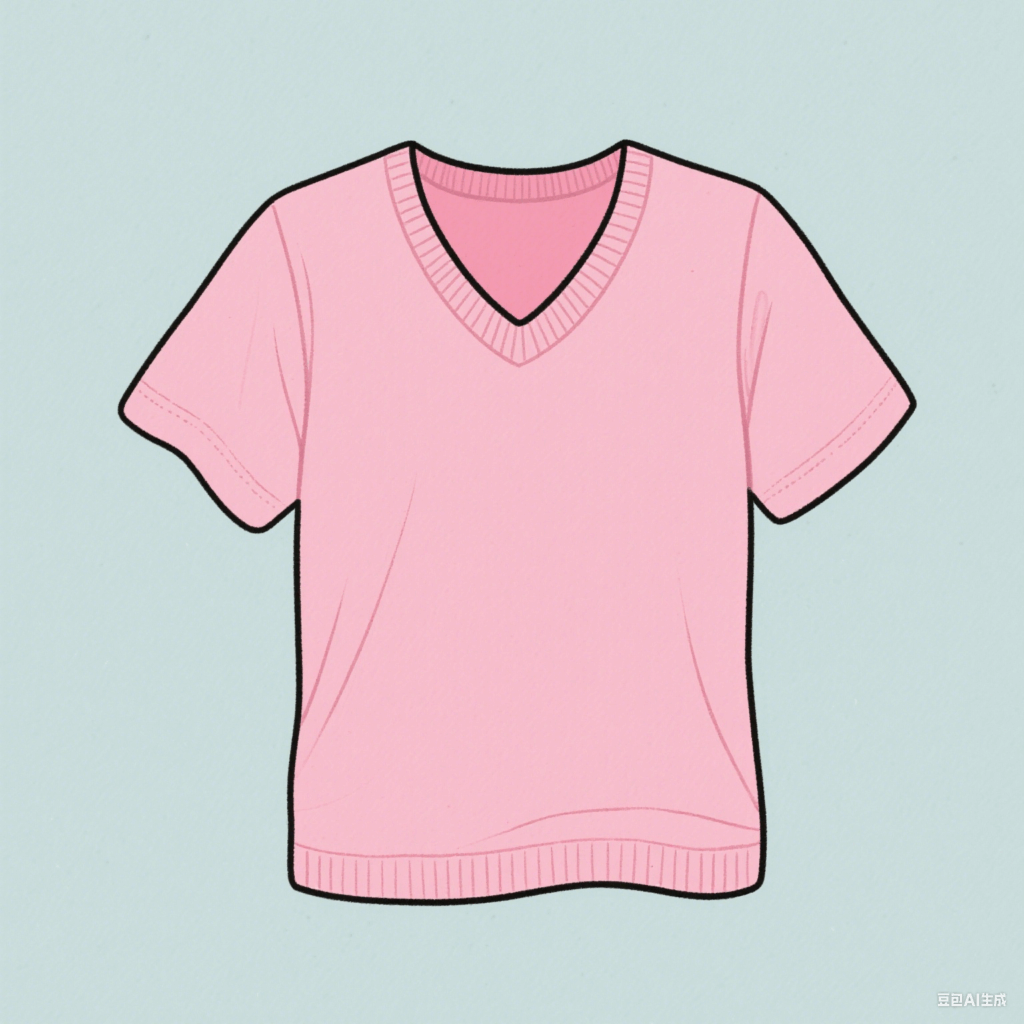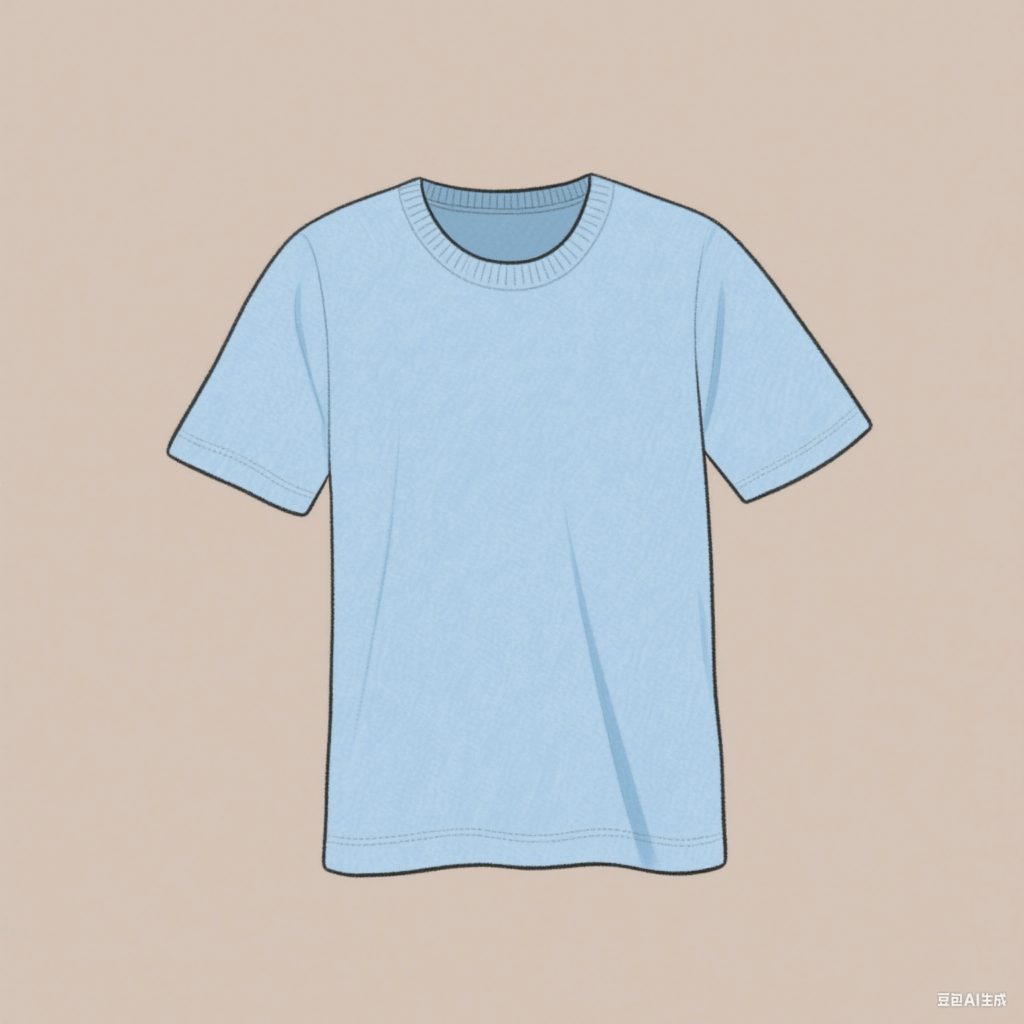When navigating the global trade landscape for T-shirts, understanding Harmonized System (HS) codes and tariff details is crucial for businesses and importers. Let’s dive into the key classifications, material insights, and trade information to optimize your T-shirt trade strategy.
1. HS Code Classifications for T-Shirts: CN to US Trade
The Harmonized System (HS) codes categorize T-shirts based on material, gender, and design. Here are the primary codes for T-shirts traded from China (CN) to the US, effective May 12, 2025:
| HS Code | Product Description | Tariff Rate |
|---|---|---|
| 6109100012 | Men’s cotton T-shirts, knitted/crocheted (excluding specific styles) | 54.0% |
| 6109100040 | Women’s cotton T-shirts, knitted/crocheted (excluding specific styles) | 54.0% |
| 6205201000 | Men’s cotton shirts (certified hand-loomed or folklore products) | 46.2% |
| 6205904010 | Men’s shirts of other textile materials (subject to cotton restraints) | 40.3% |
| 6211335040 | Men’s recreational performance outerwear (man-made fibers, excluded from heading 6205) | 53.5% |
| 6211391550 | Men’s recreational performance outerwear (other textile materials, excluded from 6205) | 40.3% |





2. Decoding Tariff Structures
The 54.0% tariff on cotton T-shirts (codes 6109100012 and 6109100040) combines:
- 16.5% base tariff
- 7.5% additional tariff
- 30.0% supplementary tariff (effective April 2, 2025)
This structure highlights the importance of material classification—cotton-based T-shirts face higher rates compared to those made from man-made fibers or blends (e.g., 6211335040 at 53.5%).
3. T-Shirt Materials: From Tradition to Innovation
T-shirts have evolved from simple cotton undergarments to versatile fashion staples. Key materials include:
- Cotton: The gold standard for comfort, with variations like 100% cotton (soft but prone to shrinkage), ring-spun cotton (durability), and Pima/Supima cotton (luxury feel).
- Polyester: Ideal for athletic wear, offering moisture-wicking and wrinkle resistance.
- Blends: Cotton-polyester mixes balance comfort and durability, while tri-blends (cotton-polyester-rayon) deliver a vintage aesthetic.
- Sustainable Options: Bamboo and modal/rayon offer eco-friendly, soft alternatives.
4. Versatility in Usage Scenarios
T-shirts cater to diverse needs:
- Casual Wear: Everyday outfits, layering under jackets.
- Athletic Performance: Moisture-wicking designs for gym sessions and sports.
- Promotional Merchandise: Branded tees for events and marketing.
- Fashion Statements: Graphic tees, unique cuts (e.g., V-neck, raglan sleeves), and premium designs.
5. Optimizing Trade Strategies
- Material Selection: Choose non-cotton fabrics (e.g., polyester blends) to potentially reduce tariffs (e.g., 6211391550 at 40.3%).
- HS Code Accuracy: Misclassification can lead to delays or penalties. Verify details like gender, knitting/crocheting techniques, and material composition.
- Tariff Updates: Stay alert to effective dates (e.g., May 12, 2025) to adjust pricing or sourcing strategies.
6. Common T-Shirt Types and Their Trade Implications
- Crew Neck vs. V-Neck: Both fall under 6109100012/40 if cotton-knitted.
- Graphic Tees: Design elements don’t alter HS codes but may influence market demand.
- Athletic Tees: Moisture-wicking fabrics (polyester) align with codes like 6211335040.
Conclusion: Navigate Trade with Confidence
Mastering HS codes and material nuances is essential for seamless T-shirt trade. Whether you’re sourcing, importing, or marketing, leveraging this data—from tariff structures to fabric trends—will help you stay competitive in the global market. For personalized guidance, consult trade experts to align your strategy with the latest classifications and rates.